Lee and Karen Duquette,
The Two RV Gypsies: Full-Time RVers
enjoyed learning some history via the monuments, memorials, and statues
in Pierre, South Dakota
August 21, 2013
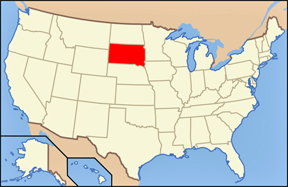 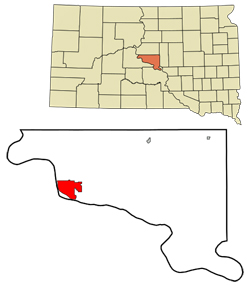 |
Pierre
(pronounced PEER) is the capital of the U.S. state of South Dakota.
The population was 13,646 at the 2010 census, making it the second least
populous state capital after Montpelier, Vermont. Founded in 1880 on
the Missouri River opposite Fort Pierre, Pierre has been the capital
since South Dakota gained statehood on November 2, 1889, having been
chosen for its location in the geographic center of the state. Fort
Pierre itself was named after Pierre Chouteau, Jr., an American fur
trader of French origin. |
|
The beautifully landscaped 115-acre grounds of the South Dakota Capitol includes the five-acre Capitol Lake and several monuments and memorials situated nearby. |
|
|
Below: The state’s
World War II Memorial is set on a peninsula built into Capitol
Lake and consists of six bronze figures representing the military branches
in which South Dakotans served during World War II. |
|
|
|
|
Below; The Flaming
Fountain sits in front of the statues and was installed to
honor South Dakotan veterans. It is fed by a spring with high natural
gas content, and the flame is supposed to burn continuously as the water
flows into Capitol Lake. However, for some reason it was NOT flaming
when the two RV Gypsies visited, although the smell of the gas was quite
evident. The two RV Gypsies were very disappointed that it was not flaming. |
|
|
Below is a photo of The Korean War memorial with a wall bearing the names of the state’s fallen heroes and a life-size, historically accurate statue of a soldier. Next to it is the South Dakota State Vietnam War Memorial that contains the names of the 217 South Dakota men who lost their lives in the war, and another life size statue of a soldier.
|

|
Below are the two statues shown next to the memorials above. |
|
|
Below: The South Dakota Vietnam
War Memorial is a tribute to the veterans who returned home from the
war to fight a sometimes more painful battle on the home front. Vietnam
was the first war to be brought directly to the American public’s
living room with an unending display of graphic imagery: U.S. soldiers
firing at unseen enemies in jungles and across rice paddies; medics
dodging enemy fire to reach the side of a young soldier covered in blood
and near death; and clouds of black smoke rolling skyward from the burning
huts of a village destroyed. The merits of the war were not just debated
at podiums and in war rooms but over dinner tables, in the streets and
in the field itself. As casualties increased and the war grew ever more
unpopular in the United States, Vietnam soldiers heralded as heroes
in the jungles were condemned as no better than criminals in their hometowns.
The South Dakota Vietnam War Memorial takes one soldier, as a symbol of the many South Dakotans who served during this violent conflict, and elevates him to the status they all deserve: brave individuals who served their country at a time when it took as much courage to come home as it did to fight. Courtesy of http://www.sdvietnamwarmemorial.com/memorial.htm) |
|
|
|
 |
Nearby memorials
honor the state’s fallen firefighters and law enforcement officers. |
|
|
|
|
|
The two RV Gypsies took a leisurely walk around Capitol Lake. |
|
|
|
|
|
|
|
|
Below: A rock fountain and
flowers near Capitol Lake |
|
|
|
|
|
|
Below: The Capitol Building
faces towards the south. The building was constructed between 1905 and
1910. |
|
|
The photo below shows the top of the Capitol Building, some flowering bushes and a bit of the two RV Gypsies' truck parked behind the flowering bushes. |
|
Below: Beautiful flowers
were all around the area. |
|
|
Below: The Fighting
Stallions Memorial honors eight South Dakotans, including Governor
George Mickelson, who died in a plane crash in 1993. This same statue
was seen at Crazy Horse. |
|
|
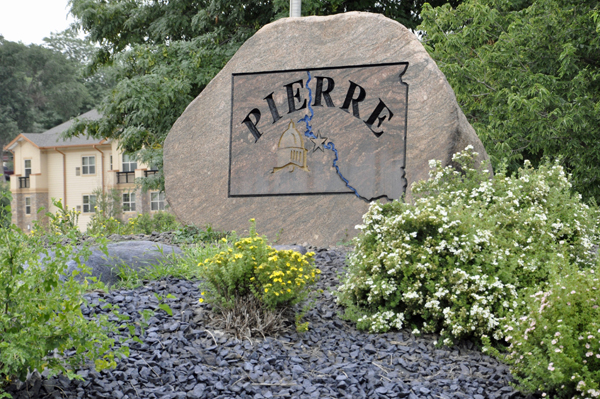
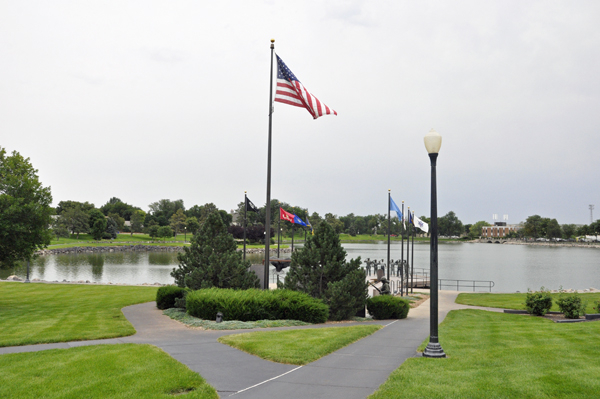
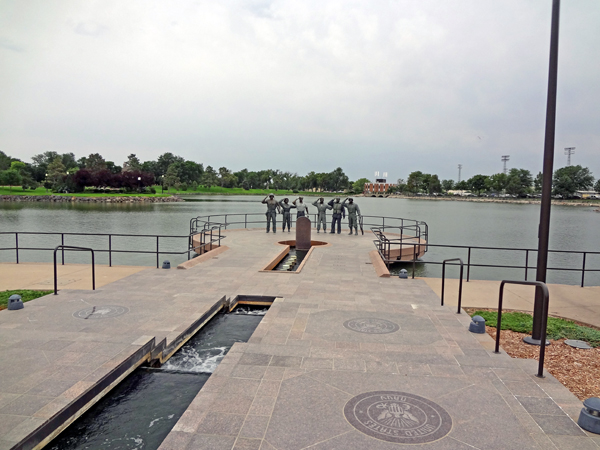
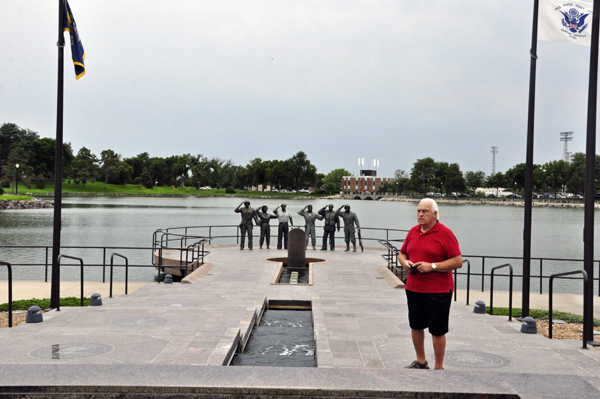
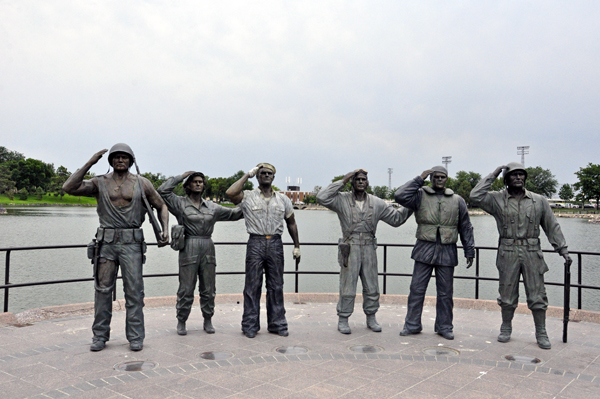
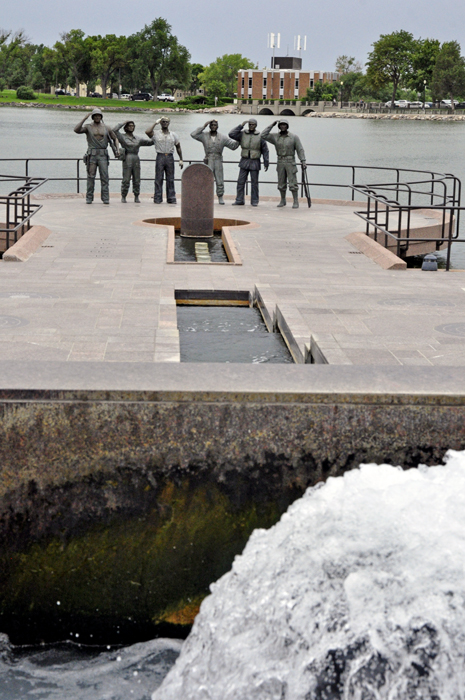
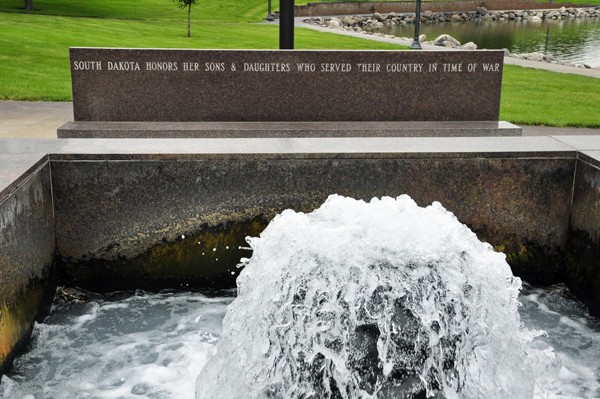

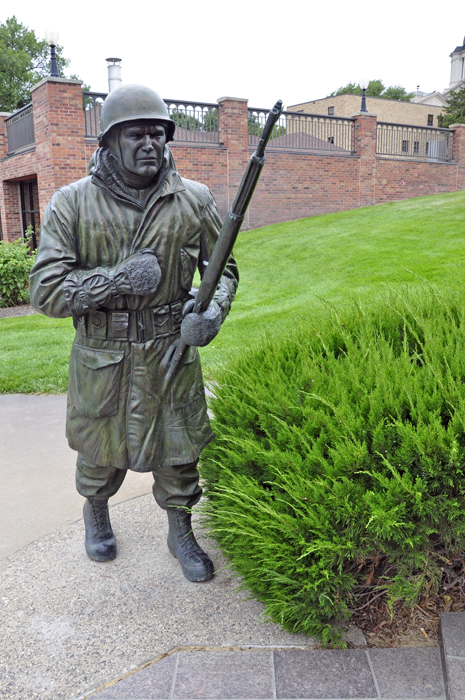
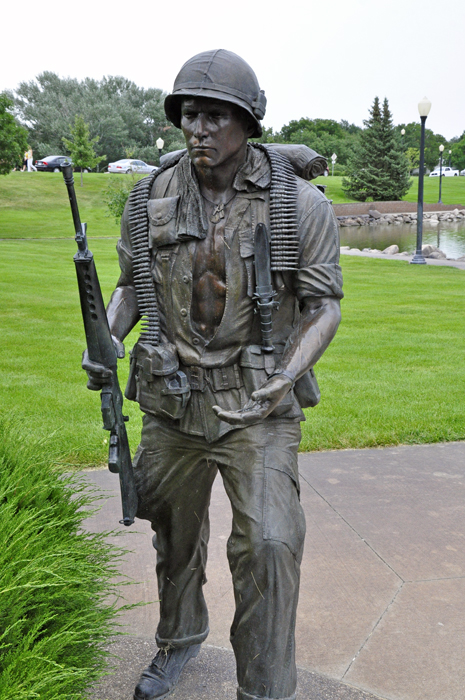
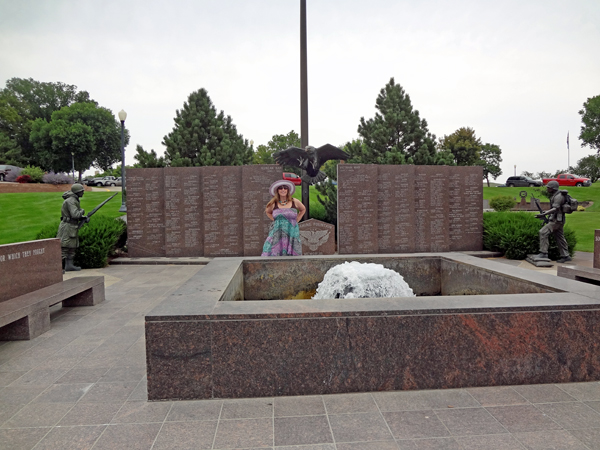
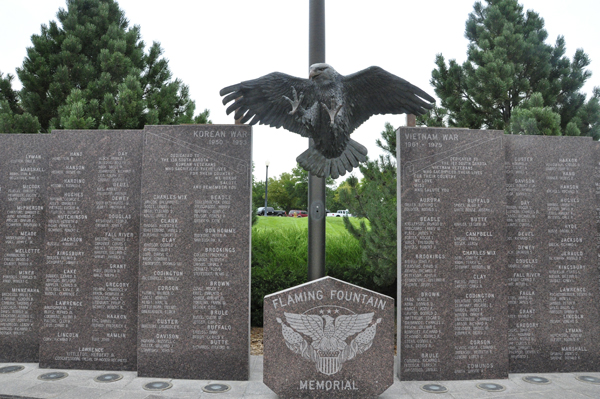
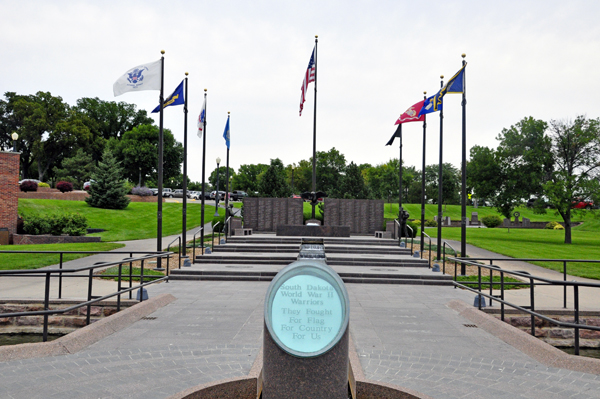
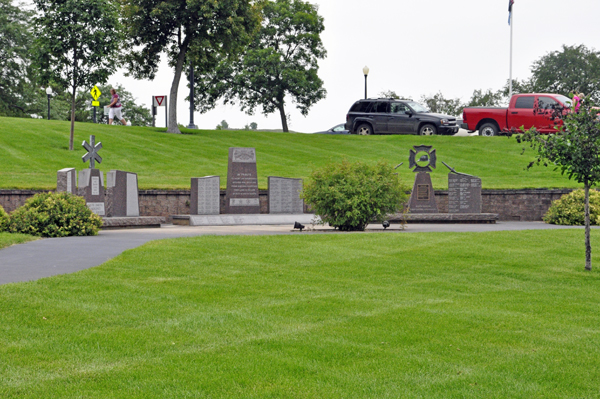
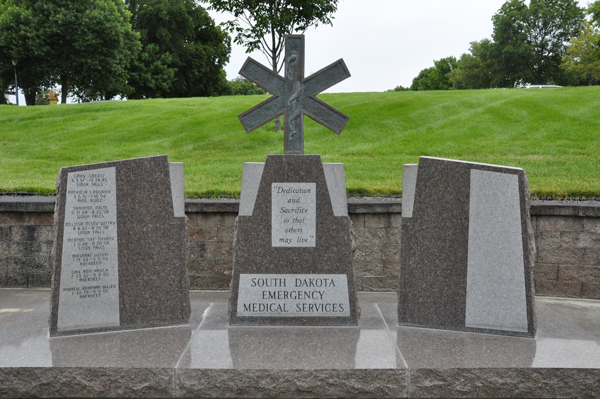
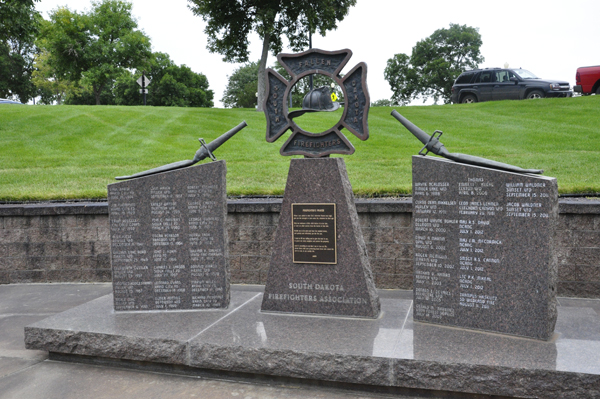
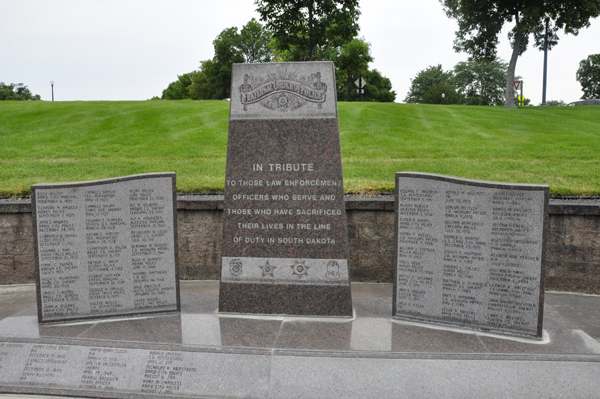

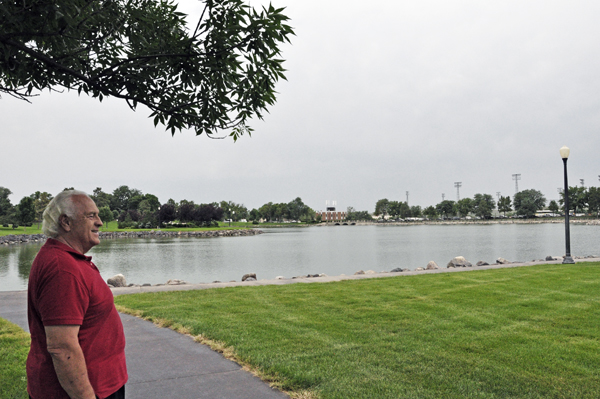
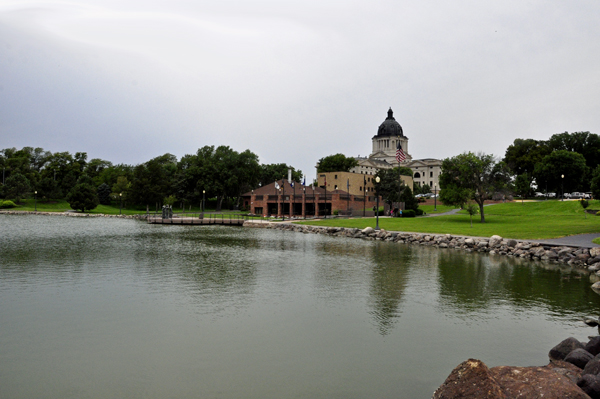

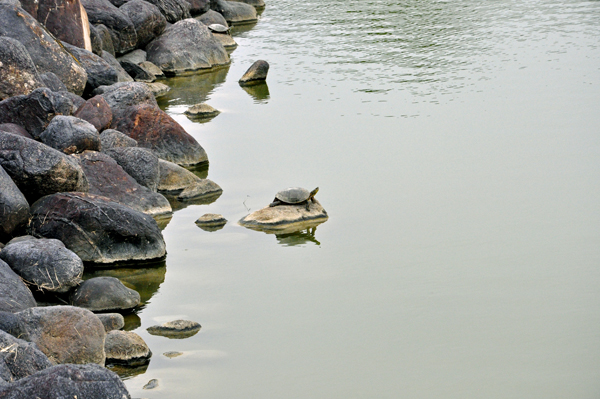
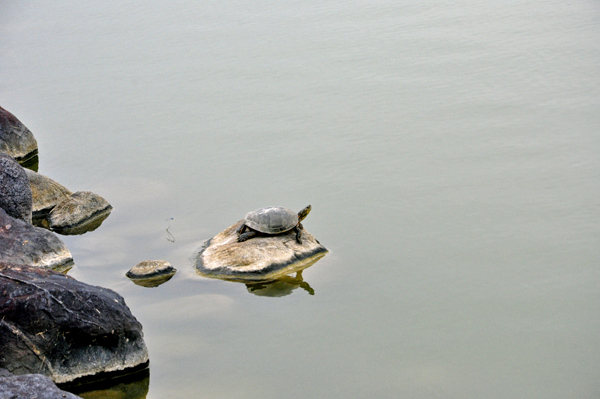
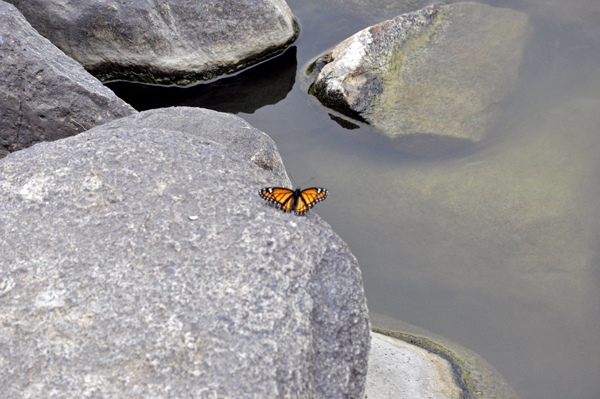
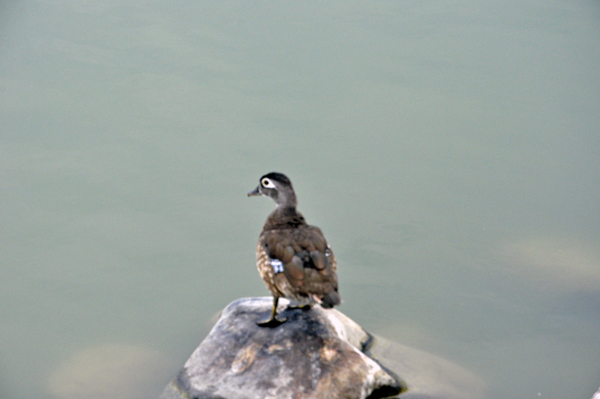
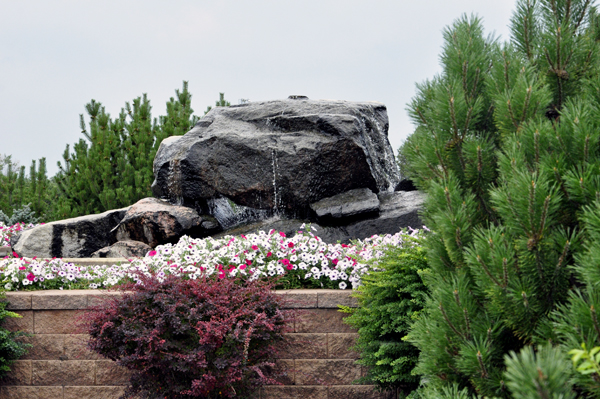
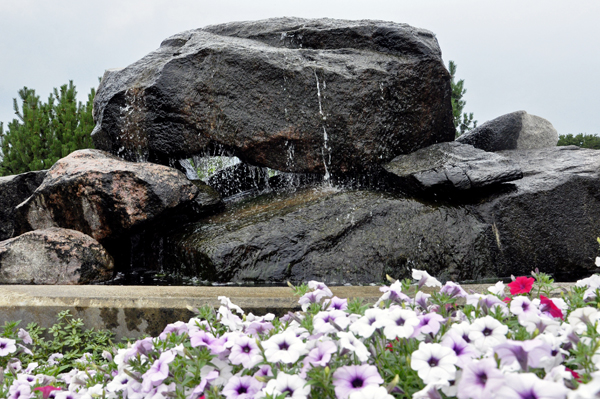
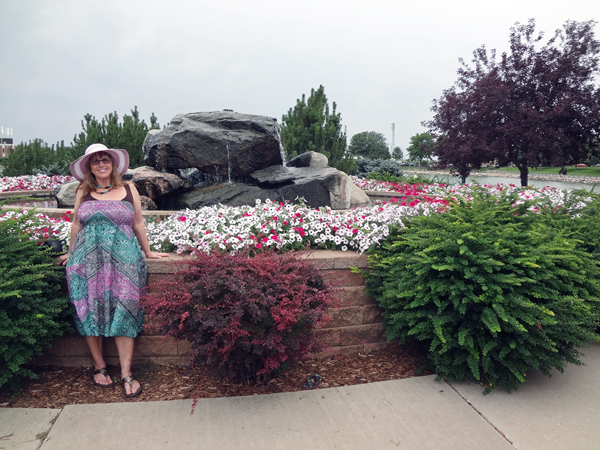
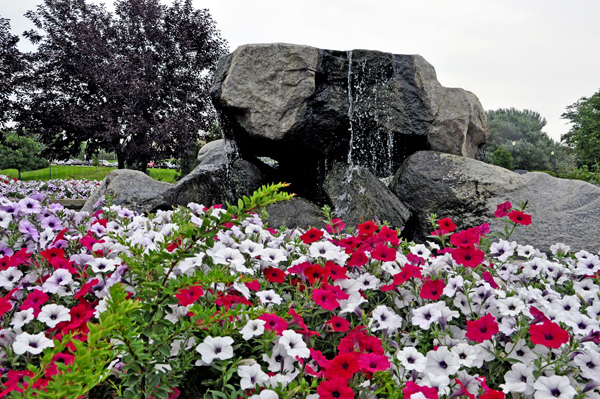


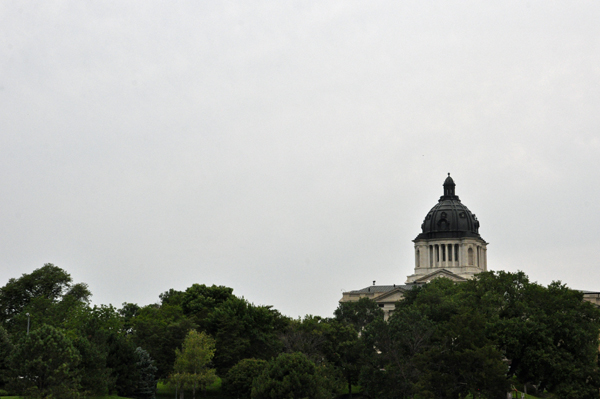
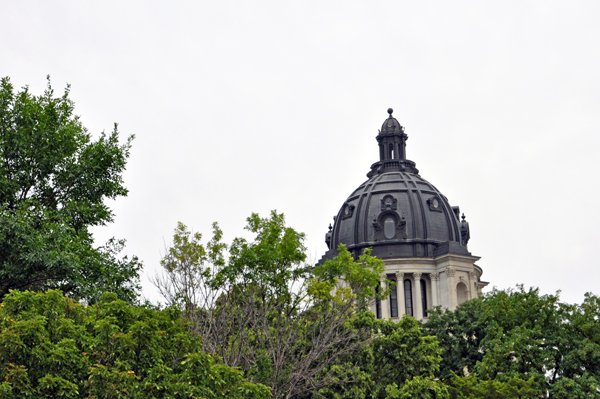
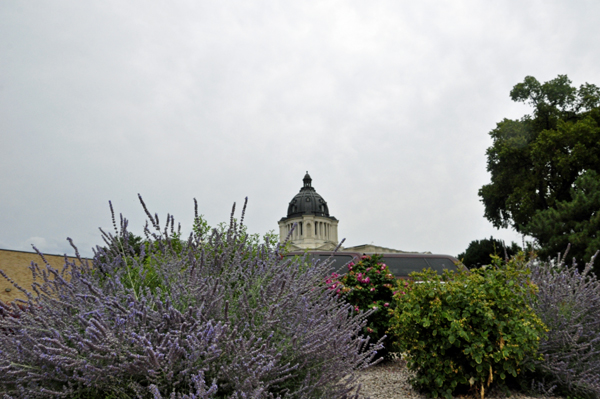
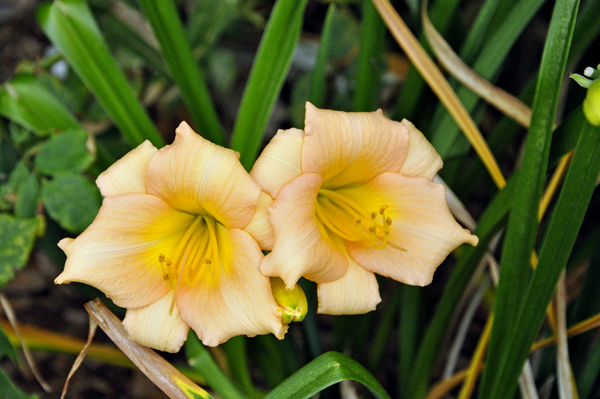
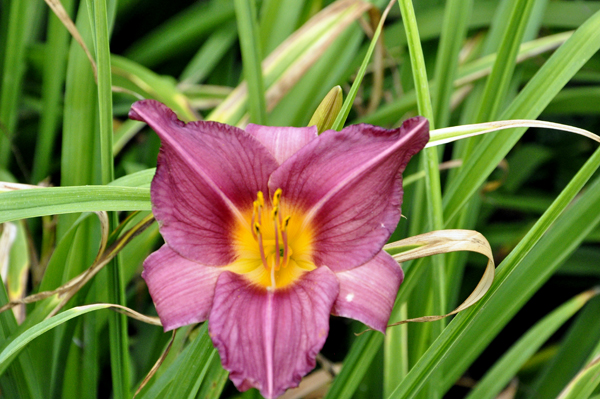
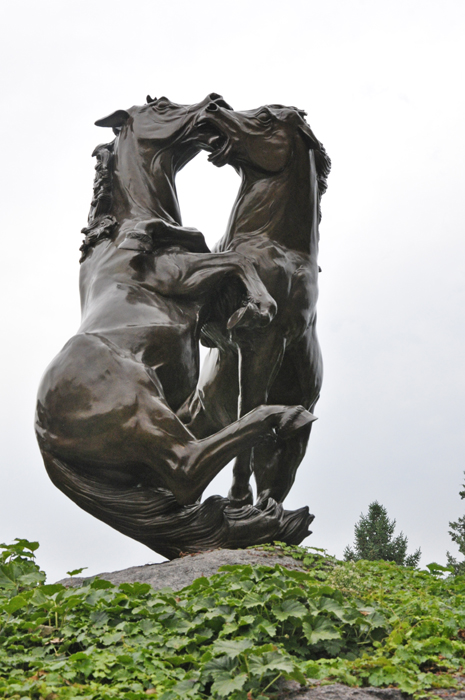
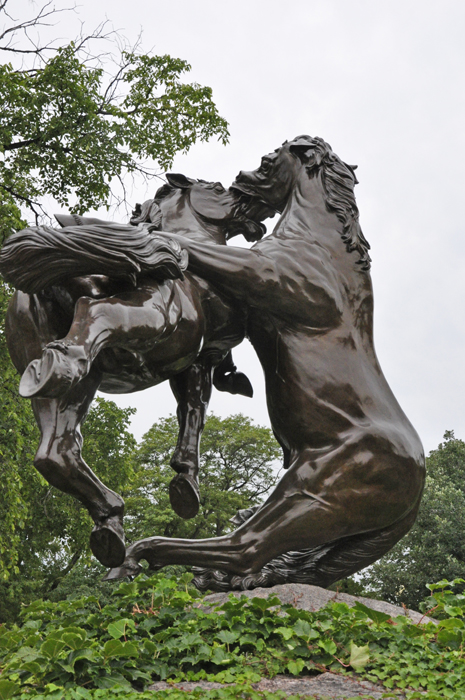




 If you have already seen all of the 7 sites in South Dakota, please
continue on to
If you have already seen all of the 7 sites in South Dakota, please
continue on to 























